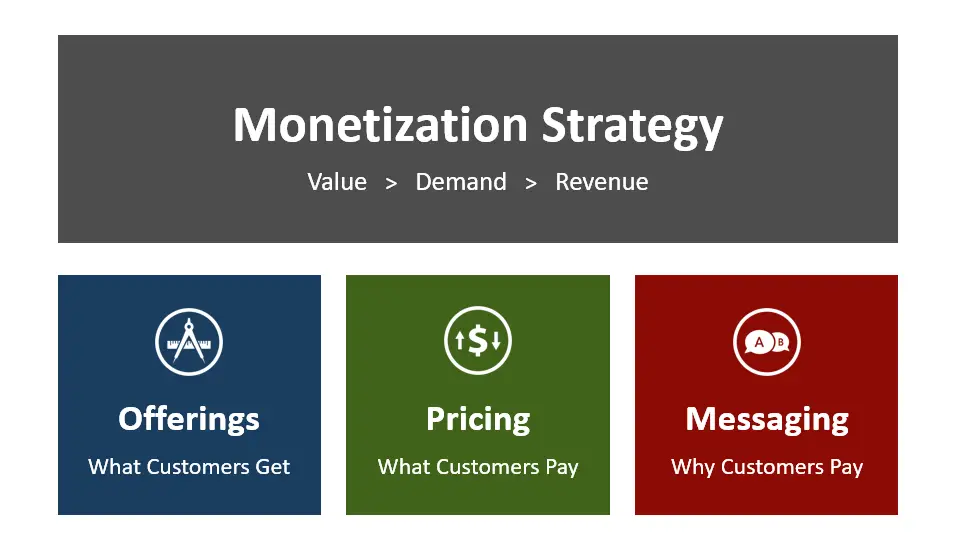The Role of Content Delivery Networks (CDNs) in Content Monetization Strategies

Content Delivery Networks (CDNs) play a critical role in maximizing the effectiveness of content monetization strategies by ensuring optimal delivery and performance of digital content.

1. Faster Content Delivery:

CDNs deploy globally distributed servers that cache and deliver content closer to end-users, significantly reducing latency and page load times. Faster loading speeds enhance user experience, increase engagement, and reduce bounce rates.
2. Increased Audience Reach:
CDNs provide global reach by distributing content across multiple data centers, making it accessible to users worldwide. This broad coverage expands the potential audience for monetizable content and drives revenue generation.
3. Enhanced Security:
CDNs incorporate advanced security features such as SSL encryption, DDoS protection, and threat mitigation. This ensures the protection of user data and content, safeguarding against unauthorized access and malicious attacks.
4. Video Streaming Optimization:
For video content, CDNs offer specialized streaming capabilities that optimize delivery quality and reduce buffering. By providing smooth and high-definition playback, CDNs enhance user engagement and increase ad viewability.
5. Ad Serving Efficiency:
CDNs can integrate with advertising platforms, enabling efficient ad delivery and tracking. They optimize ad placement and targeting based on user demographics and content context, maximizing revenue generation through effective monetization.
6. Data Analytics and Optimization:
CDNs provide valuable data analytics about content delivery performance, audience demographics, and ad metrics. This data helps content creators and publishers refine their monetization strategies, identify optimization opportunities, and make data-driven decisions.
7. Cost Optimization:
By efficiently caching and delivering content, CDNs reduce bandwidth consumption and server load. This can significantly reduce infrastructure costs for content providers and publishers.
8. Content Protection and Rights Management:
CDNs offer content protection mechanisms such as digital rights management (DRM) and geo-blocking to prevent unauthorized distribution and ensure compliance with content licensing agreements.
9. Mobile Optimization:
CDNs provide solutions designed for mobile device optimization. They adapt content delivery to different screen sizes and connectivity conditions, ensuring seamless user experiences on mobile devices.
10. Augmented Reality (AR) and Virtual Reality (VR) Enablement:
With the growing adoption of AR and VR technologies, CDNs play a vital role in delivering high-quality, real-time content for these immersive experiences.
Conclusion:
Content Delivery Networks (CDNs) are essential infrastructure components for successful content monetization strategies. By enhancing content delivery performance, increasing reach, protecting security, optimizing video streaming, and providing data analytics, CDNs enable content creators and publishers to maximize revenue generation and enhance user engagement.## The Role of CDNs in Content Monetization Strategies
Executive Summary
Content Delivery Networks (CDNs) play a crucial role in optimizing content delivery and maximizing revenue for content creators. By distributing content across strategically located servers, CDNs enhance website performance, reduce latency, and improve user experience. Consequently, this leads to increased engagement, ad revenue, and overall monetization success.
Introduction
In the digital age, where content consumption has become ubiquitous, content monetization has emerged as a significant revenue stream for creators. Effective content monetization strategies require a comprehensive understanding of the factors that influence user engagement and revenue generation. Among these factors, the role of CDNs stands out as a critical aspect that can significantly enhance content delivery and maximize monetization opportunities.
FAQs
1. What are CDNs and how do they work?
CDNs are distributed networks of servers located in various geographic regions. When a user accesses content hosted on a CDN, the content is delivered from the server closest to the user’s location, minimizing latency and improving loading speed.
2. How do CDNs help with content monetization?
Faster loading speeds and enhanced user experience provided by CDNs result in increased user engagement and ad viewability. This translates to higher ad revenue for content creators and publishers.
3. Are there any drawbacks to using CDNs?
While CDNs offer numerous benefits, they also come with potential drawbacks such as the need for ongoing maintenance and the possibility of additional costs. However, these drawbacks are often outweighed by the benefits that CDNs provide.
Top 5 Subtopics
1. Performance Optimization
- Reduced latency and faster loading times
- Improved website performance and user experience
- Increased engagement and reduced bounce rates
2. Scalability and Reliability
- Content distribution across multiple servers
- Handling of high traffic volumes and spikes
- Ensured content availability and uptime
3. Geographic Targeting
- Delivery of content from servers closest to users’ locations
- Optimization for specific geographic regions
- Targeted advertising and content personalization
4. Security and Protection
- Protection against DDoS attacks and malware
- Content encryption and data security
- Compliance with data protection regulations
5. Cost Optimization
- Reduced bandwidth and infrastructure costs
- Improved resource allocation and server efficiency
- Pay-as-you-grow pricing models
Conclusion
CDNs are essential tools for content creators and publishers seeking to maximize their revenue potential. By optimizing content delivery, enhancing user experience, and providing geographic targeting capabilities, CDNs play a critical role in driving engagement, increasing ad revenue, and achieving overall monetization success. Understanding the benefits and leveraging the capabilities of CDNs is paramount for content creators who aim to thrive in the competitive landscape of digital content consumption.
Keyword Tags
- Content Monetization
- Content Delivery Networks (CDNs)
- Website Performance Optimization
- Ad Revenue Optimization
- User Engagement
